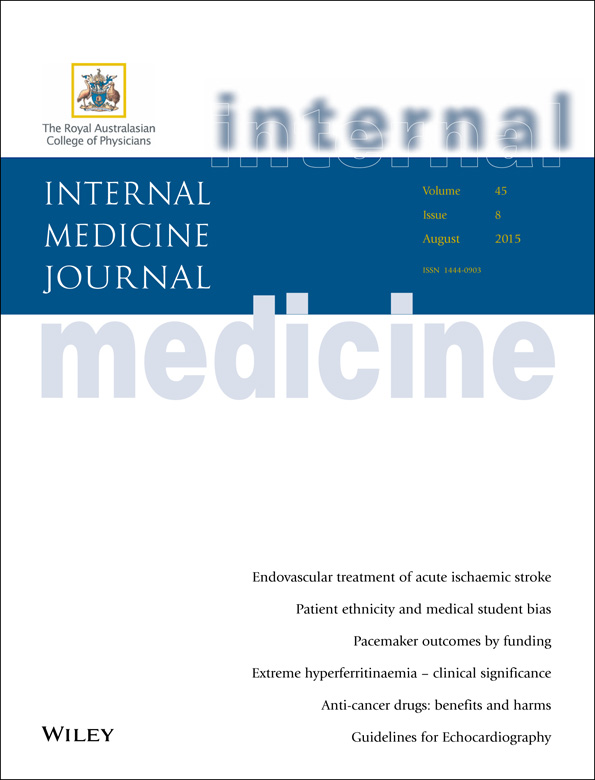Using quality indicators to compare outcomes of permanent cardiac pacemaker implantation among publicly and privately funded patients
Abstract
Background
Funding source/insurance status has been associated with disparity in the management and outcomes of cardiovascular disease, with poorer outcomes among disadvantaged groups.
Aim
Using proposed quality indicators for permanent pacemaker (PPM) implantation and administrative data, this study aimed to determine whether quality indicator-based outcomes of PPM implantation were comparable for publicly and privately funded patients within Australia's two-tier health system.
Methods
A population-based cohort study of adults implanted with a PPM between 1995 and 2009 in Western Australia. The association of funding outcomes derived from linked administrative data was tested in multivariate logistic regression models.
Results
There were 9748 PPMs implanted, 48% being among privately funded patients. The mean age was 75 years for both public and private patients. Private patients had better health status (fewer with cardiac conditions and lower non-cardiac comorbidity scores), were less likely to be an emergency admission (33% vs 60%, P < 0.001) and more likely to have dual- or triple-chamber pacing. Mean length of stay was significantly greater for private patients (4.3 (standard deviation 6.3) vs 5.1 (6.8) days <0.001), related to longer elective admissions. Crude mortality was lower for private patients in-hospital (0.7 vs 1.3%), 30-day post-procedure (1.3 vs 2.1%) and at 1 year (7.3 vs 9.5%). Emergency admission, comorbidity and other demographic and clinical factors, not funding source, were significant predictors of these outcomes.
Conclusions
There was no difference between publicly and privately funded patients in study outcomes, after adjustment for demographic and clinical factors. The exception was longer hospital stay for elective PPM among privately funded patients.




